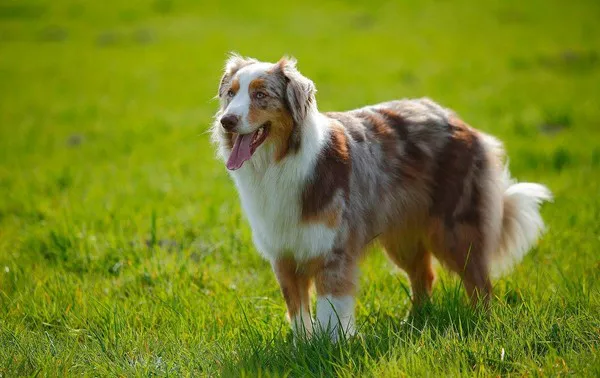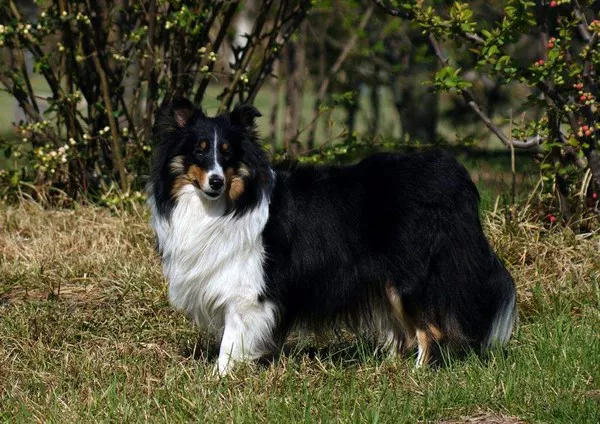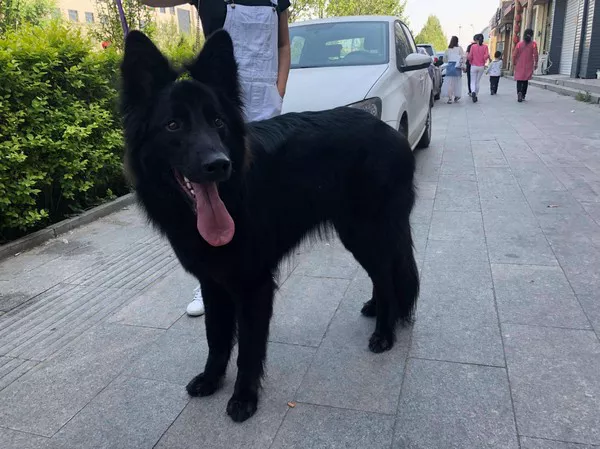Alaskan Klee Kai are a unique and charming breed, often admired for their striking resemblance to the larger Alaskan Husky but in a smaller, more manageable size. However, many owners notice that these dogs shed quite a bit, sometimes more than expected. Understanding why your Alaskan Klee Kai is shedding heavily can help you manage their coat better, maintain a clean home, and ensure your pet remains healthy and comfortable. This article explores the seven primary reasons behind excessive shedding in Alaskan Klee Kais, presented in a clear, professional, and easy-to-understand way.
Understanding Shedding in Alaskan Klee Kai
Before diving into the reasons behind heavy shedding, it’s important to understand that shedding is a natural process for dogs. Shedding allows them to get rid of old or damaged fur and prepare for new growth. Alaskan Klee Kai, with their thick double coat, tend to shed more noticeably than many other breeds. Their undercoat, designed for insulation in cold climates, is especially prone to shedding when seasonal changes occur.
The amount and timing of shedding can vary depending on several factors, including health, environment, diet, and grooming habits. Recognizing when shedding is normal and when it might indicate a problem is crucial for every owner.
1. Seasonal Shedding: Nature’s Way of Adjusting Coats
Seasonal shedding is the most common reason for increased fur loss in Alaskan Klee Kais. As temperatures rise or fall, their bodies naturally adjust their coats to suit the changing weather conditions.
- Spring Shedding: During spring, your dog sheds its heavy winter undercoat to stay cooler as temperatures climb.
- Fall Shedding: In contrast, fall triggers shedding of the summer coat to allow a thicker winter coat to grow.
This cyclical shedding can appear intense, but it’s entirely normal. Brushing your dog frequently during these periods can help remove loose hair and reduce the amount of fur left around your home.
2. Poor Nutrition and Diet Deficiencies
Diet plays a significant role in the health and quality of your dog’s coat. A poor diet lacking essential nutrients can lead to unhealthy skin and excessive shedding.
- Dogs require a balanced diet rich in omega-3 and omega-6 fatty acids, vitamins, and minerals to maintain healthy fur.
- Deficiencies can cause dry skin, brittle hair, and increased shedding.
- Sometimes, even if the food seems fine, your dog might have difficulty absorbing nutrients properly due to allergies or digestive issues.
Consulting with a veterinarian about your dog’s diet and possibly incorporating supplements designed to promote healthy skin and fur can be very beneficial.
3. Allergies Triggering Excessive Shedding
Allergies are a common cause of shedding in many dog breeds, including Alaskan Klee Kais. These can be environmental, food-related, or caused by parasites.
- Environmental Allergies: Pollen, dust mites, mold, and other allergens can irritate your dog’s skin.
- Food Allergies: Certain ingredients in your dog’s food might trigger allergic reactions.
- Flea Allergies: Flea bites cause intense itching and can lead to excessive scratching and shedding.
If you notice your dog scratching, licking, or developing red, inflamed skin, allergies might be the culprit. A vet can diagnose and recommend treatment options, including allergy testing or hypoallergenic diets.
4. Stress and Anxiety as Hidden Causes of Shedding
Stress is often overlooked as a cause of excessive shedding but can be a significant factor in many dogs’ health.
- Changes in routine, new environments, loud noises, or separation anxiety can increase shedding.
- Chronic stress affects hormone levels that impact the skin and coat quality.
- You might notice your Alaskan Klee Kai shedding more after moving houses, during thunderstorms, or when left alone for extended periods.
Providing a calm environment, consistent routines, and engaging activities can help reduce stress-related shedding. In some cases, professional behavioral advice may be necessary.
5. Parasites Leading to Skin Irritation and Shedding
External parasites such as fleas, ticks, and mites can cause intense itching, inflammation, and consequent hair loss.
- Fleas are the most common parasites affecting dogs and can cause flea allergy dermatitis.
- Ticks can lead to localized hair loss and skin irritation.
- Mange, caused by mites, leads to severe itching, hair thinning, and sometimes bald patches.
Regular parasite prevention through vet-recommended treatments and grooming is essential to keep your Alaskan Klee Kai comfortable and shedding less due to irritation.
6. Hormonal Imbalances and Medical Conditions
Hormonal imbalances can cause unusual shedding patterns in dogs. Common issues include hypothyroidism, Cushing’s disease, and other endocrine disorders.
- Hypothyroidism slows metabolism and causes dry skin and hair thinning.
- Cushing’s disease leads to increased cortisol levels, which can weaken hair follicles.
- These conditions often present alongside other symptoms like weight changes, lethargy, or changes in appetite.
If your dog’s shedding seems abnormal or is accompanied by other health changes, a veterinary checkup is crucial for diagnosis and treatment.
7. Inadequate Grooming and Coat Care
Alaskan Klee Kais require regular grooming to manage their dense double coat. Poor grooming habits can lead to mats, tangles, and uneven shedding.
- Brushing your dog at least a few times a week helps remove loose hair and stimulates healthy skin.
- Bathing too frequently or using harsh shampoos can dry out the skin, increasing shedding.
- Conversely, infrequent grooming allows dead hair to accumulate and shed all at once, making it harder to control.
Investing time in proper grooming routines tailored to your dog’s coat type significantly reduces excessive shedding.
Conclusion
Excessive shedding in Alaskan Klee Kai can stem from various causes, ranging from natural seasonal changes to health issues that require veterinary attention. Understanding these seven reasons helps owners take proactive steps to maintain their dog’s coat health and overall well-being. Proper diet, grooming, parasite control, and stress management form the foundation of good care. When shedding seems abnormal, consulting a vet ensures any underlying health problems are addressed early, promoting a happy, healthy companion.
FAQs
Q1: How often should I groom my Alaskan Klee Kai to reduce shedding?
A1: Ideally, brushing your Alaskan Klee Kai 2-3 times per week helps manage shedding by removing loose hair and preventing mats. During heavy shedding seasons, daily brushing is beneficial.
Q2: Can diet alone stop my dog from shedding excessively?
A2: While a balanced diet rich in essential fatty acids improves coat health, diet alone cannot fully stop shedding, especially seasonal shedding. It should be part of a comprehensive care routine.
Q3: Are Alaskan Klee Kai hypoallergenic?
A3: No, Alaskan Klee Kai are not hypoallergenic. They shed and produce dander, which can trigger allergies in sensitive individuals.
Q4: When should I worry about my dog’s shedding?
A4: If shedding is sudden, patchy, or accompanied by skin irritation, bald spots, or behavioral changes, consult a veterinarian as it might indicate an underlying health issue.
Q5: Do Alaskan Klee Kai shed all year round?
A5: They tend to shed most heavily during seasonal changes but can shed moderately year-round. Proper grooming helps manage this shedding.
Related Topics:




















